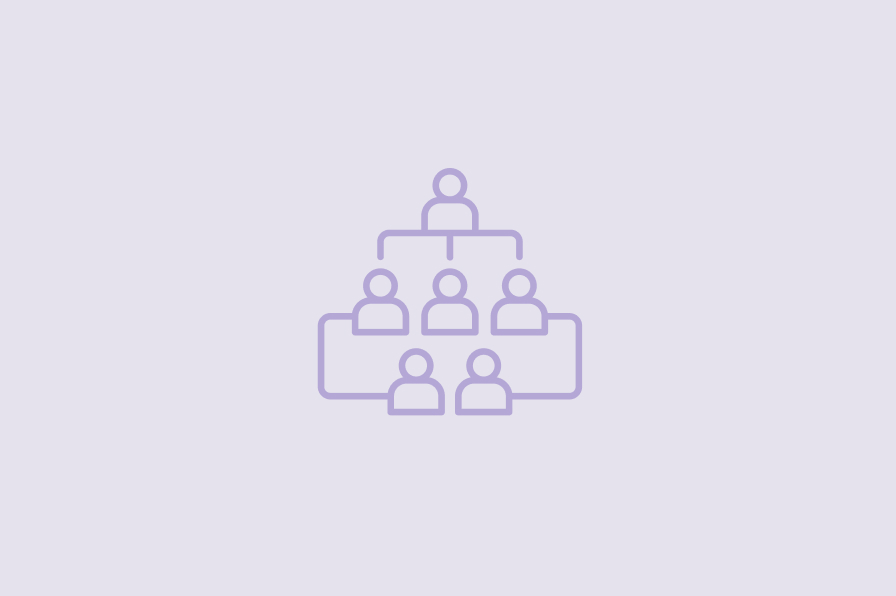PRIORITIZING WORKFORCE FINANCIAL WELL-BEING BEFORE AND AFTER OPEN ENROLLMENT
August 2024
Employers and PEOs have a great opportunity to help workforces reduce the top stressor in their lives: money.
Organizations are looking for opportunities to improve the overall well-being of employees. When employees feel less stress in their personal lives, they should be less distracted and more productive in the workplace. As summer comes to an end, many organizations are preparing for open enrollment and the annual task of educating workforces on their benefits to help them make decisions that positively impact their mental, physical, and financial well-being.
Employee finances are impacted by many different benefit decisions. Given the stress most household budgets are under due to years of rising prices, organizations should consider highlighting how different benefits can positively impact financial well-being. Unfortunately, it can be overwhelming to receive education on too many benefits during open enrollment. Therefore, it might help to highlight particular benefits through newsletters or other employee communication forums throughout the year.
With that as a backdrop, let’s review 2023 survey data from a variety of sources pertaining to the financial well-being of U.S. households, starting with the American Psychological Association’s annual study, “Stress in America 2023”. Here is a summary statement of why the majority of employees struggle to reduce stress in their lives:
“When it comes to stress management, many are struggling to cope and are bearing the burden alone. Around three in five adults (62%) said they don’t talk about their stress overall because they don’t want to burden others. Although finances are a top stressor, talking about them is off the table. In fact, only 52% of adults said they are comfortable talking with others about money/finances, and more than 45% said they feel embarrassed talking about money or their financial situation with others.”
Organizations are in a great position to help employees cope with stress. When providing third-party resources that are professional, confidential, and unbiased, the odds are greater that employees will reach out for help. These resources are often already accessible through Employee Assistance Programs (EAPs), or services can be provided directly from financial well-being programs. Effective communications are a critical step toward helping employees recognize that services are available through their benefits programs.
Let’s take a deeper dive into the financial well-being of U.S. workforces. When you view the headlines in the media, you read about inflation (or the costs of goods and services) dropping and the U.S. stock market hitting all-time highs. Everything must be looking up for the U.S. household! An annual study on the “Economic Well-Being of U.S. Households in 2023.” conducted by the Federal Reserve, paints a different story:
- 31% of adults said they were worse off financially than a year earlier.
- Financial well-being was generally unchanged from 2022 for most population segments. One notable exception was parents, who saw further large declines in the share doing at least okay.
- Childcare costs made up a substantial share of the family budget for parents using paid childcare.
- Inflation continued to be the top financial concern, despite the inflation rate falling from the previous year.
- 45% of adults reported they reduced savings.
The last statistic on reduced savings is particularly concerning. Every day, there are news reports about a retirement savings crisis in America. Too many employees are having to tap into savings to balance their household budgets, resulting in a drop in the funding of their goals and aspirations. Something must give.
Many financial well-being experts will say that financial peace of mind is often the result of small behaviors and disciplines practiced over long periods of time. There is no silver bullet or quick fix to turning a household budget into positive monthly cash flow or increasing and sustaining contributions to retirement savings. It starts with financial education on budgeting and expense management. Here is an important data point from a recent survey taken by over 2,000 members of the My Secure Advantage financial well-being program:
- When asked, “What is preventing you from growing your wealth?”, the responses were:
- Knowledge/Don’t know where to start: 53%
- I do not feel anything is preventing me from growing my wealth: 11%
- Finding a financial professional I trust to work with: 10%
- Savings/Income: 8%
- Other: 8%
It is probably safe to say that the majority of employees not only “don’t know where to start” when it comes to growing their wealth, but also aren’t clear on the right first steps to take to address many other financial challenges. Given their hesitancy to reach out for help, financial well-being education could be the bridge that moves them to take action.
Here are three preliminary open enrollment actions that organizations should consider:
1.) Ensure your financial well-being benefits communications focus on more than retirement savings programs. Employees may want to contribute more to their employer-sponsored retirement savings program, but they can’t do so unless their household budget and spending plan are adjusted. Financial well-being program services should include one-on-one coaching for topics such as budgeting, debt management, and credit. Also, employees may have different learning styles, so consider surveying them and providing financial education in a range of formats (articles, classes, self-directed learning videos, etc.).
2.) Consider communications and reinforcement of financial well-being benefits before and after open enrollment. Even after open enrollment meetings, many employees don’t understand the financial benefits of Health Savings Accounts and how to weigh these benefits against the budget implications of a high deductible health care plan. In much the same manner, employees may not take advantage of health or dependent care flexible spending accounts because they don’t understand the benefits for their budget. Education on the financial implications of health benefit plans should be promoted throughout the year, not just at open enrollment.
3.) Highlight, throughout the year, employee benefits that support overall well-being. Physical, mental, and financial well-being tend to influence one another. Promote these benefits together, especially when education is provided on Employee Assistance Programs. Also, employees who have working spouses might have access to two benefit programs, leading to confusion about the choice of benefits. Ensure you have a financial well-being program that offers coaches who can facilitate these broader conversations.
THE BOTTOM LINE
Employees need financial well-being education year-round. When faced with a financial stressor, they need to first be aware that they have access to professional and unbiased resources through their employer-provided benefits. Then, if they take action, the benefit needs to help them address whatever financial stress is their top priority and then transition to other topics and needs as their confidence grows. Leaders who recognize the importance of financial well-being education can transform the financial health of their workforces.
-
SHARE
- Copy to clipboard



